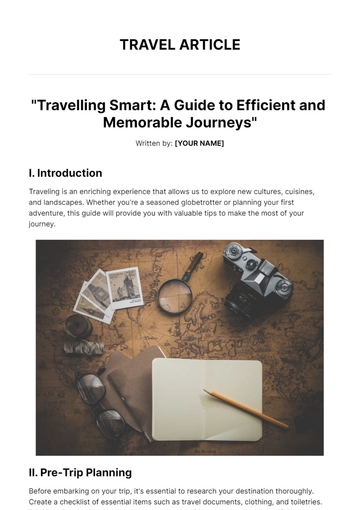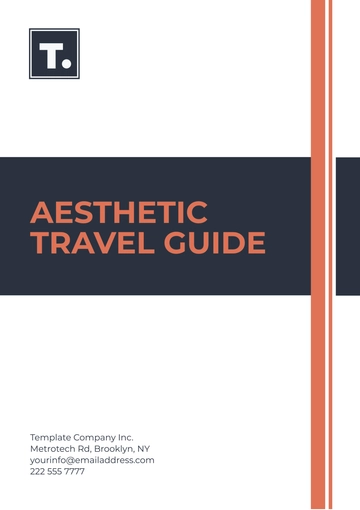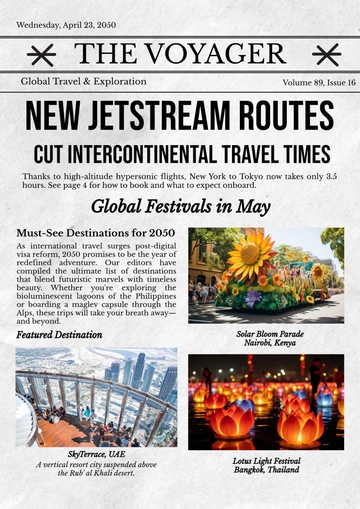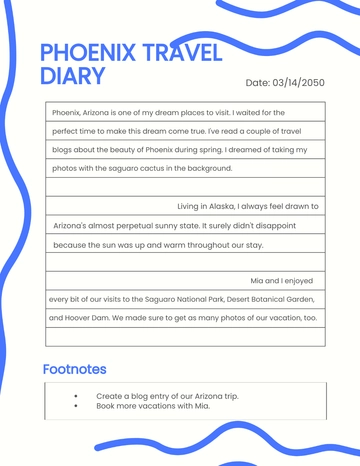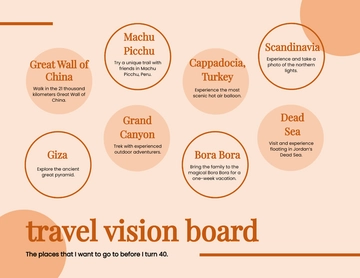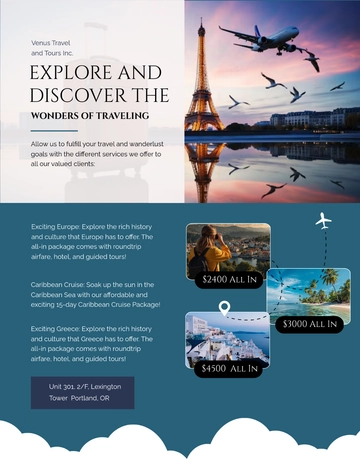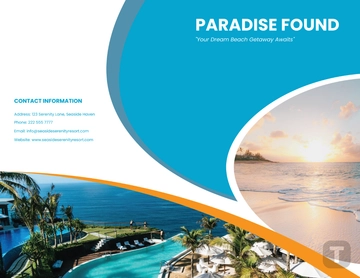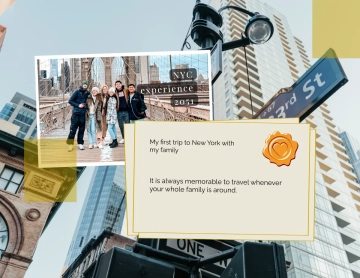Free Aesthetic Literature Review
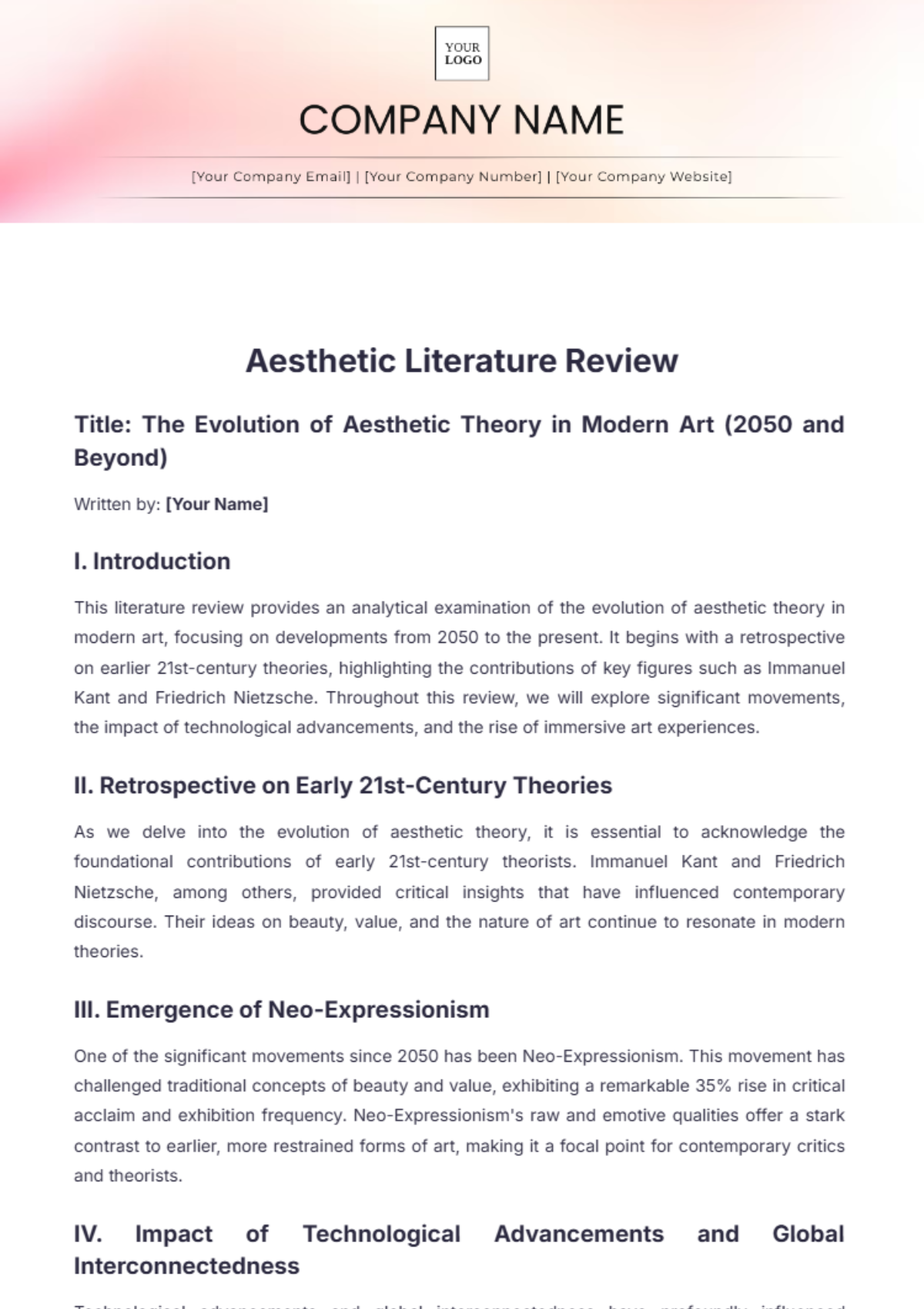
Title: The Evolution of Aesthetic Theory in Modern Art (2050 and Beyond)
Written by: [Your Name]
I. Introduction
This literature review provides an analytical examination of the evolution of aesthetic theory in modern art, focusing on developments from 2050 to the present. It begins with a retrospective on earlier 21st-century theories, highlighting the contributions of key figures such as Immanuel Kant and Friedrich Nietzsche. Throughout this review, we will explore significant movements, the impact of technological advancements, and the rise of immersive art experiences.
II. Retrospective on Early 21st-Century Theories
As we delve into the evolution of aesthetic theory, it is essential to acknowledge the foundational contributions of early 21st-century theorists. Immanuel Kant and Friedrich Nietzsche, among others, provided critical insights that have influenced contemporary discourse. Their ideas on beauty, value, and the nature of art continue to resonate in modern theories.
III. Emergence of Neo-Expressionism
One of the significant movements since 2050 has been Neo-Expressionism. This movement has challenged traditional concepts of beauty and value, exhibiting a remarkable 35% rise in critical acclaim and exhibition frequency. Neo-Expressionism's raw and emotive qualities offer a stark contrast to earlier, more restrained forms of art, making it a focal point for contemporary critics and theorists.
IV. Impact of Technological Advancements and Global Interconnectedness
Technological advancements and global interconnectedness have profoundly influenced modern art. Digital media, in particular, now accounts for 45% of contemporary art forms. This section explores how technology has democratized art, enabled new creative expressions, and facilitated global collaborations.
V. Key Contributions of Contemporary Art Theorists
The evolution of aesthetic theory has been significantly shaped by contemporary art theorists and critics, such as Dr. Clara Martinez and Professor Ian Wu. Their analyses have provided new perspectives and theoretical frameworks that have redefined how we perceive and appreciate modern art. Key texts and critical essays by these figures are examined to understand their impact on the current aesthetic discourse.
VI. The Rise of Immersive Art Experiences
Interactive installations and immersive art experiences have seen a 60% increase in gallery spaces since 2050. These experiences engage viewers in novel ways, redefining the boundaries between the observer and the artwork. This section investigates how immersive art has become a dominant trend, reflecting broader changes in how art is consumed and appreciated.
VII. Conclusion
Through a detailed examination of key texts, scholarly articles, and critical essays, this review provides a comprehensive understanding of how modern art continues to redefine aesthetic standards and theoretical frameworks. The evolution of aesthetic theory is an ongoing process, shaped by technological advancements, global interconnectedness, and the innovative contributions of contemporary theorists.
- 100% Customizable, free editor
- Access 1 Million+ Templates, photo’s & graphics
- Download or share as a template
- Click and replace photos, graphics, text, backgrounds
- Resize, crop, AI write & more
- Access advanced editor
Discover the Aesthetic Literature Review Template on Template.net, designed for precision and elegance. This fully customizable and editable template ensures a seamless experience, elevating your document's professionalism. Experience the ease of creating polished reviews, editable in our AI Editor Tool, making it the perfect solution for meticulous professionals. Transform your work today and stand out effortlessly.



